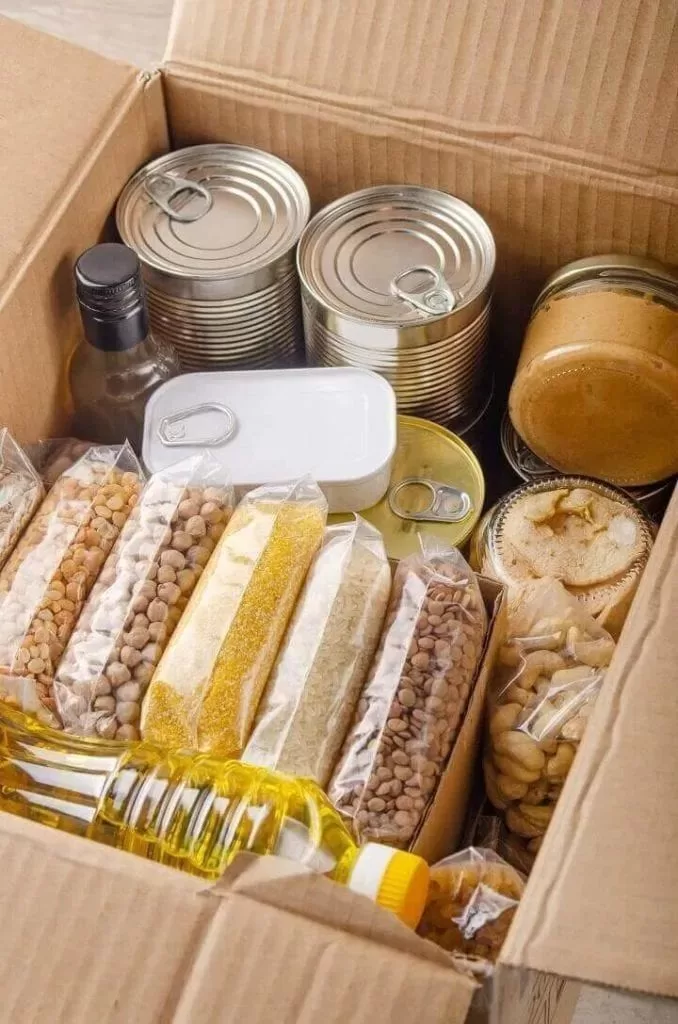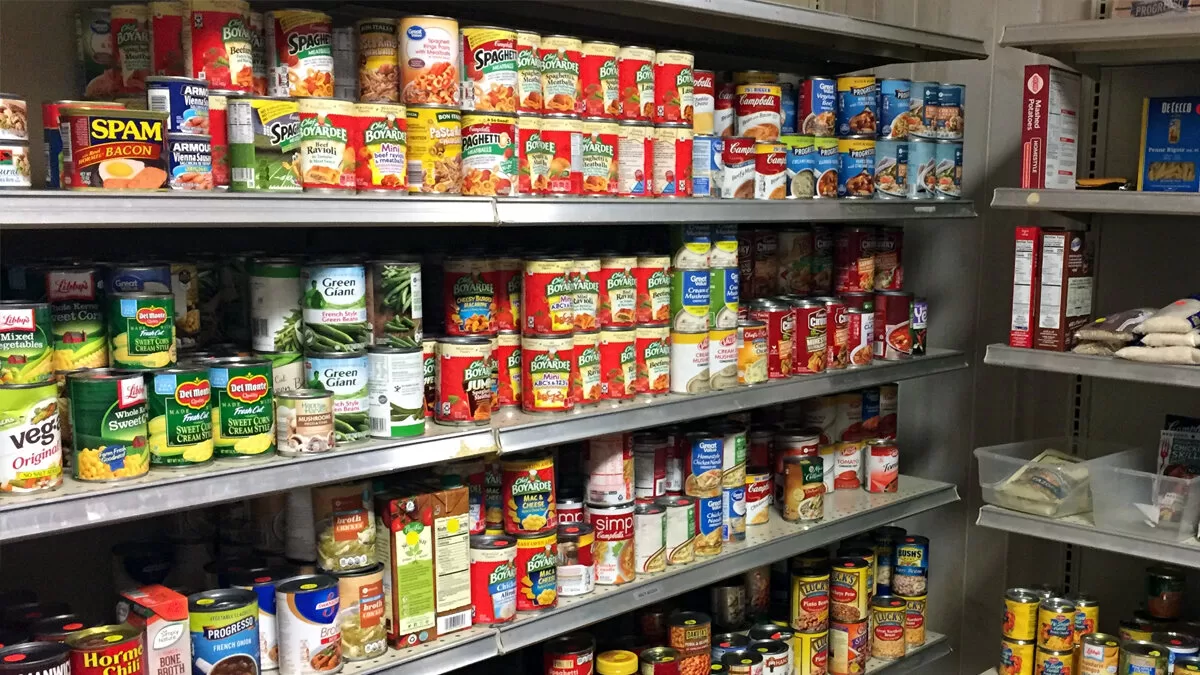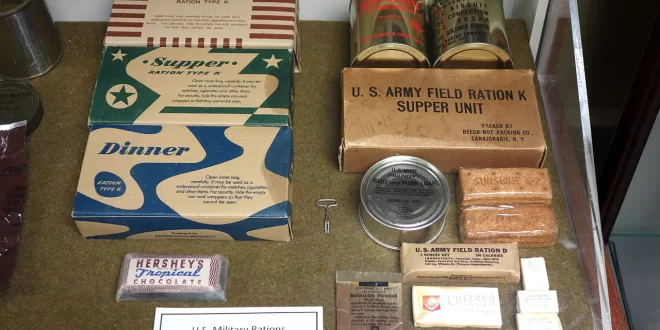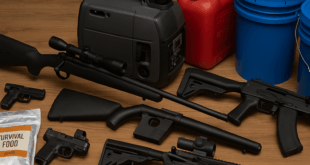When disaster strikes, the ability to feed yourself and your family without relying on stores or supply chains is not just a comfort , it is a survival necessity. Many people assume that creating a budget emergency food supply requires thousands of dollars and a basement full of specialized gear, but the truth is that with careful planning and smart shopping, you can build a complete 30 day food reserve for far less than you might think.
The goal is simple: create a stockpile that will meet your nutritional needs, last a full month without restocking, and not drain your bank account in the process. To achieve that, you must first understand exactly what you need, then choose shelf-stable, nutrient-rich foods, and finally store them in a way that maximizes both safety and longevity.
“Preparedness, when done thoughtfully, is less about spending money and more about spending time making wise choices.” — James Wesley Rawles, founder of SurvivalBlog.com
Building a month-long emergency food plan may seem intimidating, but when you break it into simple, actionable steps, it becomes a clear path toward food security.
Step One: Calculate Your Caloric and Nutritional Needs
Every good food storage plan begins with knowing your numbers. While calorie requirements vary by age, gender, and activity level, a standard baseline for planning is 2,000 calories per adult per day. Multiply this by the number of people in your household and then by 30 days to determine your total caloric requirement.
For example, a family of four would require about 240,000 calories for a month. That number may seem daunting at first, but when you break it down into staple foods with high caloric density, it becomes manageable.

Nutrition matters just as much as total calories. Surviving on nothing but cheap noodles will keep you alive for a short time, but lack of essential vitamins, minerals, and protein will quickly take a toll on your health. Your stockpile should include a balance of carbohydrates for energy, proteins for muscle maintenance, healthy fats for satiety, and a variety of micronutrients to keep your immune system strong.
The USDA MyPlate guidelines are a useful starting point for understanding food group proportions, and these can be adapted to long-term storage planning by focusing on shelf-stable options in each category.
Step Two: Choose High-Value, Shelf-Stable Staples
The backbone of any budget-friendly emergency food supply is a core set of inexpensive, long-lasting staples that provide maximum nutrition per dollar. Dry goods such as rice, beans, lentils, oats, and pasta are the obvious starting points.
White rice, when stored in mylar bags with oxygen absorbers, can last up to 30 years. Dried beans and lentils are similarly long-lived and pack both protein and fiber. Rolled oats provide a versatile breakfast base, work well in baking, and can store for decades under proper conditions. Pasta is another affordable and filling option with a long shelf life when stored away from moisture.

Canned goods are your next layer. Canned meats like tuna, chicken, and salmon provide critical protein without refrigeration. Vegetables and fruits in cans help keep your diet balanced, and certain canned items like tomatoes can also double as cooking bases. Always check expiration dates and practice stock rotation by placing newly purchased items behind older ones.
To save money, buy staples in bulk from warehouse stores, online suppliers, or local co-ops. Often, restaurant supply outlets and ethnic grocery stores offer bulk grains and legumes at far lower prices than mainstream supermarkets.
Step Three: Supplement with Affordable Proteins and Fats
Protein can be one of the most expensive components of a food storage plan, but with careful selection, you can keep costs down without sacrificing quality. In addition to canned meats, consider powdered eggs, textured vegetable protein (TVP), and shelf-stable plant proteins such as peanut butter.
Healthy fats are essential for energy and nutrient absorption. Shelf-stable oils like olive or coconut oil can last up to two years if stored in a cool, dark place. Ghee (clarified butter) has a long shelf life and can be used in cooking or as a spread. Nuts and seeds provide both protein and fat, and if vacuum-sealed, they will store much longer.
“Fats are often overlooked in survival planning, yet they are crucial for maintaining energy over the long term.” — Lisa Bedford, The Survival Mom
By planning for a mix of proteins and fats, you create a diet that is not only sustainable but also keeps morale higher during prolonged emergencies.
Step Four: Incorporate Flavor and Variety
In a crisis, food fatigue is a real risk. Eating the same bland meals day after day can reduce appetite, leading to lower calorie intake and decreased health. This is why you should include affordable spices, seasonings, and comfort foods in your stockpile.
Salt is essential for both flavor and preservation. Spices like pepper, garlic powder, chili powder, and oregano can transform basic staples into more enjoyable meals. Shelf-stable condiments such as soy sauce, hot sauce, and vinegar add variety without taking up much space.
Do not overlook morale boosters such as tea, coffee, cocoa, or hard candies. These small luxuries can go a long way toward maintaining a sense of normalcy during stressful times.
Step Five: Store It Properly
No matter how carefully you select your supplies, they will not serve you if they spoil or degrade before you need them. Proper storage is the key to longevity.
Dry goods should be placed in food-grade buckets or mylar bags with oxygen absorbers, then stored in a cool, dark, and dry location. Canned goods should be kept off concrete floors to avoid rust and away from direct sunlight. Oils should be stored in tightly sealed containers, preferably glass, in a dark cupboard.
If space is tight, look for creative storage solutions. Under-bed containers, closet shelving, and vertical racks can dramatically increase your available space without cluttering living areas.
Step Six: Build Gradually and Rotate Stock
There is no need to buy your entire 30 day supply in one trip. Building it gradually allows you to spread out costs and take advantage of sales. Start by buying a few extra items each time you shop and dedicate them to your stockpile.
Practice a first in, first out rotation method, using older items before newer ones to keep your supply fresh. This also ensures you are familiar with preparing and eating the foods you store, reducing surprises during an actual emergency.
The Ready.gov guidelines recommend this rotation practice for both safety and efficiency.
Final Thoughts
A budget emergency food supply is not just for hardcore preppers , it is for anyone who wants the peace of mind that comes from knowing their household can endure a disruption without immediate outside help. With some planning, smart shopping, and proper storage, you can have 30 days of reliable meals ready to go, all without overspending.
Preparedness is an investment in stability, safety, and independence. In uncertain times, that investment pays off not only in survival but in confidence.
 Survive Our Collapse Building Self-Reliance in an Uncertain World
Survive Our Collapse Building Self-Reliance in an Uncertain World




